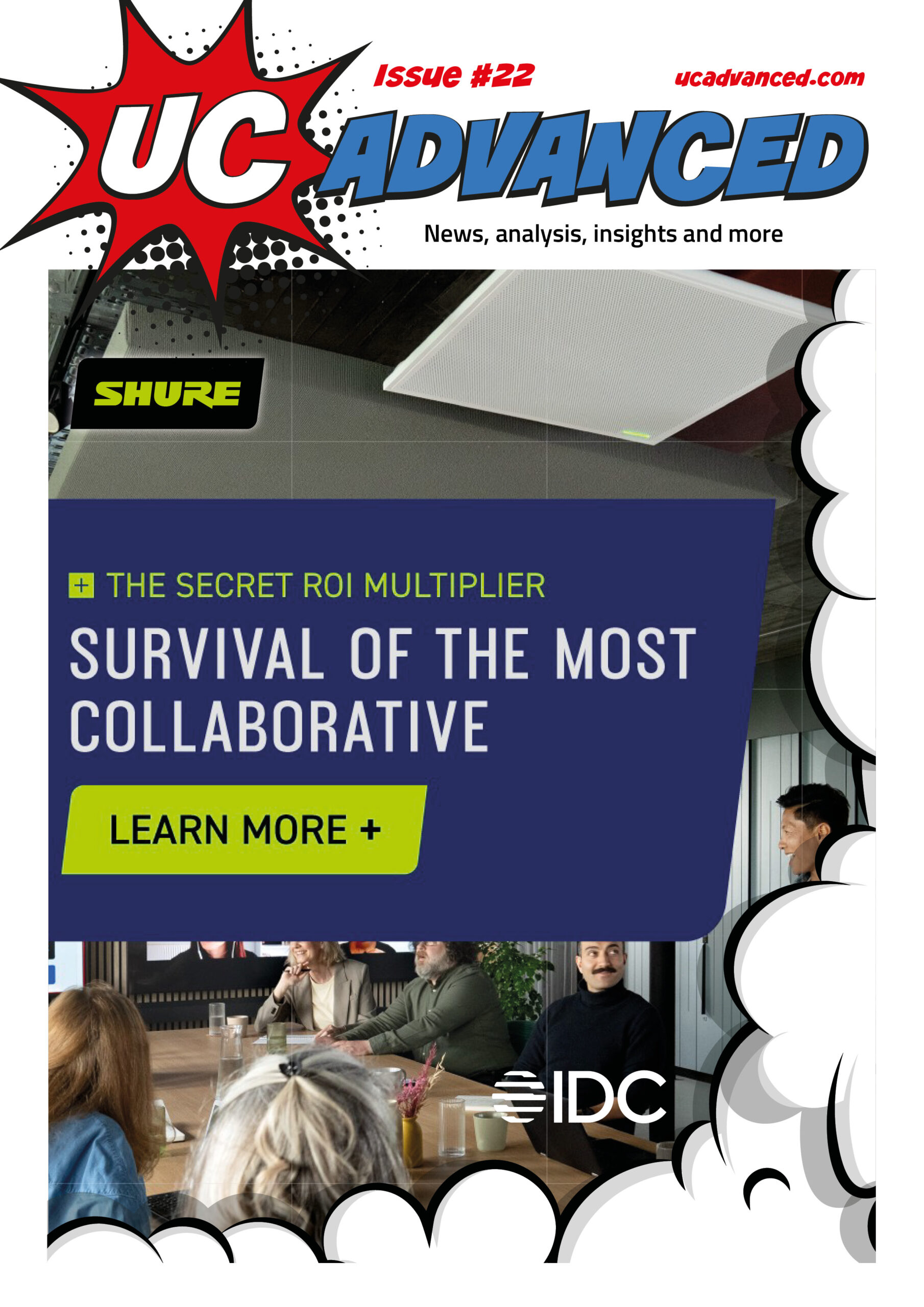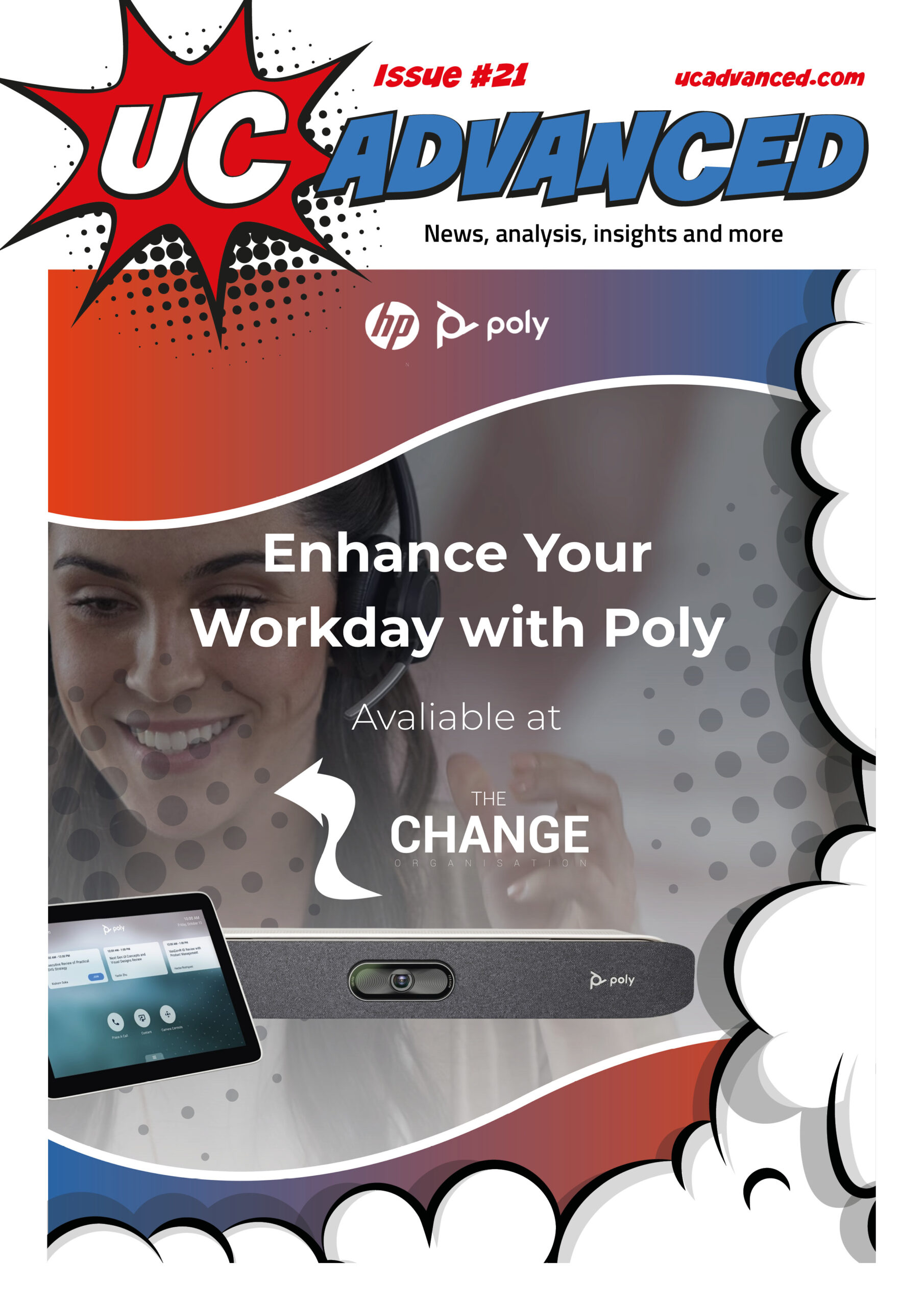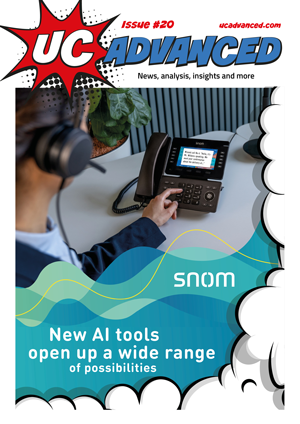How Cloud Technology holds the key to a better Healthcare Service.
Customer service may not be the first thing that you think of when your arm is hanging off or your baby has decided to finally arrive, but in many ways, it is the ultimate test of experience.
Now, if you come away with a beautiful bundle of joy in your arms, it’s safe to say you’re happy with the result, even if the experience was tumultuous. If you come out with one less limb than you had going in, you may come away with a different opinion.
I can tell these equations are getting tedious, especially from a childless bloke with all his limbs, but you get the point.
Lately, it seems that the healthcare industry is struggling with a customer experience issue, especially when it comes to local practices. While attempts to quell demand on doctors like the 111 service are helpful, my personal experience suggests that dialling those three numbers is often just a bridge to A&E anyway, and the initial frustration goes unrecognised.
Namely: “Why can’t I get an appointment with my doctor?”
According to Dr Reggie Sangha, Medical Director at Content Guru, these frustrations are caused by the way healthcare is comprised of different organisations that need to communicate with each other.
“In today’s fragmented healthcare landscape, patients often find themselves lost in a maze of the system when seeking care,” said Sangha.
“Ambulance services, community trusts, emergency departments, primary care facilities, and local government entities all represent a potential entry point to the wider healthcare system, leading to chaos and confusion.
“Patients can feel distressed and frustrated, and healthcare professionals have to live with a disjointed data architecture that complicates, rather than aids, care.”
Improving Productivity
KPMG, the well-known analysis house, released a report last year detailing the digital transformation efforts within healthcare organisations.
Of the responses from 200 healthcare leaders, one of the unifying motivations for digital transformation was the need to fast-track employee productivity.
That may seem a chilling term for providing healthcare to those in need, but the reality is that the demand for doctors far outweighs the supply. As if that isn’t enough, Alex Ryan, Director of EMEA Healthcare Business Development at Hyland, reiterated the problem with technology within Healthcare.
“Regrettably, medical practitioners often grapple with the technology intended to aid them,” said Ryan. “The healthcare sector frequently operates in isolated data silos, hindering the seamless sharing of information.
“This lack of unified data access leads to inefficiencies among doctors. Patient care records may contain gaps or duplicates, potentially compromising the quality of care provided.”
“There is an increasingly urgent need for a system-wide consensus that ensures there is no “wrong front door” to receiving medical care,” added Sangha. “Recognising these pain points across the system, many stakeholders have identified a solution: the Single Point of Access (SPOA).”
Up in the Cloud
This call for a single point of access isn’t an unreasonable request and, in many ways, resembles the one that businesses have made in recent years.
While customers may choose different ways of interacting with a brand depending on personal preference, convenience, or the subject of the call, all these communication methods feed into one platform where an agent has all the information they need to provide a good service.
According to Sangha, such a system would immensely improve the average interaction with healthcare providers.
“The ambition for an SPOA is to streamline patient access to healthcare while capturing essential data for efficient care delivery, untangling the increasingly complex healthcare infrastructure that requires architectural intelligence.
“Regardless of the entry point, patients are guided seamlessly through the system, reducing inequalities within individual patient journeys and standardising the patient experience.
“The success of SOPA will rely on the existing architecture of Integrated Care Systems (ICSs). ICSs were established as a broad alliance of regional services almost two years ago, and since then, have helped to bring together disconnected resources and services as efficiently as possible, bridging the gap between health and social care. Delivering SPOA through the framework of ICSs will ensure nationwide changes that can be delivered at scale.”
Cloud technology is at the heart of this idea, which has already enabled colossal growth in the CX and CC environments.
“In order to make the most of this new cloud-based technology which exists today, leaders need to commit to bold commissioning decisions that cover large region-wide complex healthcare systems,” said Sangha.
“A cloud-based model, which has already proven successful in managing the scale and security of national emergency services, means incremental increases in platform capabilities can be upgraded without needing to update hardware or infrastructure.”
“The emergence of cloud technology presents an opportunity for healthcare entities to break down these silos, enabling doctors to consult a centralised electronic patient record (EPR) as the definitive source of a patient’s medical status and history,” said Ryan. “By facilitating real-time data access and improving communication channels, the quality of patient care is elevated.
“Moreover, there are significant advantages for doctors themselves. Streamlining administrative tasks through enhanced connectivity allow doctors to focus more on their patients and less on bureaucratic burdens.”
Achieving the Dream
If more productive doctors weren’t enough of a pull towards cloud systems, Ryan pointed out that Healthcare organisations will be able to take advantage of the regular benefits Cloud technologies provide, namely Scalability, Security, and Continuity.
“Cloud setups can make adjustments to computing resources and storage space on the fly,” said Ryan. “This allows practices to accommodate unexpected spikes in patient numbers that might stem from natural disasters, human emergencies, or a pandemic. New features or functions can also simply be downloaded rather than necessitating new hardware, saving on time, money, and space.
“On the security side, the siloed systems used by many practices aren’t particularly strong against intruders. As they’re not connected to other systems effectively, they often use physical records to literally paper over the cracks of the tech stack. Cloud systems can offer security protocols like intrusion detection, security incident responses, vulnerability management, and adhering to regulations like GDPR.
“Storing data in a data centre or server farm based far from the practice itself protects data, and not just from individual intruders, but also from potential data loss in the wake of accidents or disaster, like fire or floods. It also significantly reduces downtime, effectively outsourcing responsibility for an infrastructure that many practices wouldn’t otherwise be able to afford or maintain.”











